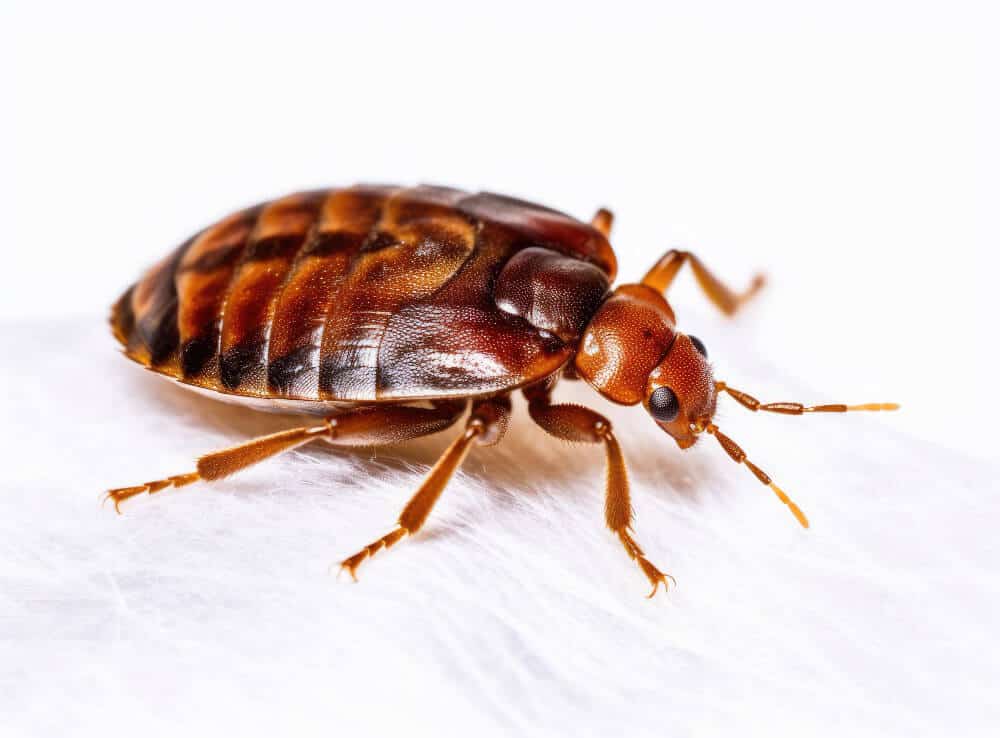Recognizing the Lifecycle of Pests for Targeted Control Approaches
Comprehending the lifecycle of pests is a basic element of reliable insect monitoring strategies. With a much deeper understanding of how parasites thrive and progress, tailored control techniques can be developed to resolve particular factors in their lifecycle, ultimately leading to more effective pest administration end results.
Importance of Comprehending Parasite Lifecycle
Understanding the lifecycle of insects is essential for establishing reliable and targeted control strategies in bug monitoring. By comprehending the different phases a parasite goes through from egg to adult, bug control specialists can identify weak spots in the lifecycle where treatment can be most effective. For instance, understanding when larvae are most energetic can assist establish the optimal timing for using larvicides. Additionally, comprehending the life expectancy of a bug varieties can assist in forecasting populace growth patterns and potential infestation threats.
Additionally, acknowledging the particular environmental problems essential for every stage of the pest's lifecycle can direct decisions on environment alteration or exclusion methods to minimize and interrupt the lifecycle insect populaces. This expertise allows pest management specialists to carry out positive measures instead of depending solely on responsive treatments, leading to even more long-term and lasting insect control services. Ultimately, a thorough understanding of parasite lifecycles equips insect control professionals to tailor their techniques properly, lessening environmental effects and optimizing control results.
Trick Stages in Bug Development
To effectively carry out targeted control approaches in pest management, a vital aspect lies in thoroughly recognizing and understanding the crucial phases in pest advancement. Parasite development normally includes several essential stages that are vital for their lifecycle and monitoring. The initial stage is the egg stage, where pests lay eggs that later hatch into larvae. Larvae after that proceed right into pupae, a phase where they undertake transformation prior to arising as grown-up parasites. Recognizing these phases is essential as it helps in pinpointing weak spots in the lifecycle where control actions can be most reliable.

Vulnerabilities in Bug Lifecycle
Throughout the numerous phases of an insect's lifecycle, unique vulnerabilities emerge that can be tactically targeted for reliable control procedures (A1 Bed bug Exterminator houston). One essential susceptability exists in the egg phase, where bugs are often more vulnerable to certain pesticides or biological control agents due to their soft external shell, making them easier targets for treatment. Comprehending these vulnerabilities in the pest lifecycle is essential for creating accurate and reliable control approaches that successfully take care of insect populaces while minimizing environmental influence.
Carrying Out Targeted Control Steps

Carrying out targeted control steps typically includes a multi-faceted approach. This might include environment adjustment to make the environment much less congenial to pests, such as removing standing water for mosquito control or sealing entry points for rats. Additionally, organic control methods can be used, where natural killers or pathogens are presented to keep pest populaces in check.
Integrated Parasite Management (IPM) strategies that combine various control measures in a worked with and lasting way are commonly the most efficient in accomplishing long-lasting pest management objectives. By applying targeted control measures based on a thorough understanding of pest lifecycles, parasite populaces can be successfully controlled while minimizing threats to human wellness and the atmosphere.
Enhanced Bug Monitoring Practices

Furthermore, the unification of biological control agents, such as all-natural predators or microorganisms of pests, can assist decrease dependence on chemical pesticides and promote a much more well balanced community. Carrying out physical obstacles and traps can likewise be component of boosted pest administration techniques, offering non-toxic and targeted services for bug control. In addition, making use of pheromones and other semiochemicals can interrupt pest breeding patterns and interaction, bring about reduced insect populations in time.
Final Thought
Finally, recognizing the lifecycle of pests is critical for effective insect administration methods. By recognizing key stages in bug growth and susceptabilities in their lifecycle, targeted control measures can be executed to lessen bug populaces. Improved bug administration techniques can help in navigate to this website reducing the dependence on broad-spectrum pesticides and advertise more eco friendly and lasting parasite control approaches. This expertise plays a crucial function in preserving healthy communities and agricultural performance.
Understanding the lifecycle of parasites is necessary for establishing reliable and targeted control methods in insect monitoring. By understanding the various phases an insect goes via from egg to adult, parasite control experts can identify vulnerable factors in the lifecycle where intervention can be most successful. Ultimately, a comprehensive understanding of parasite lifecycles equips parasite control professionals to customize their techniques efficiently, lessening ecological effects and making the most of control outcomes.
By carrying out targeted control measures based on a complete understanding of pest lifecycles, bug populations can be properly controlled while reducing threats to go to this site human health and the environment.
By determining vital stages in insect advancement and susceptabilities in their lifecycle, targeted control actions can be implemented to minimize bug populaces.